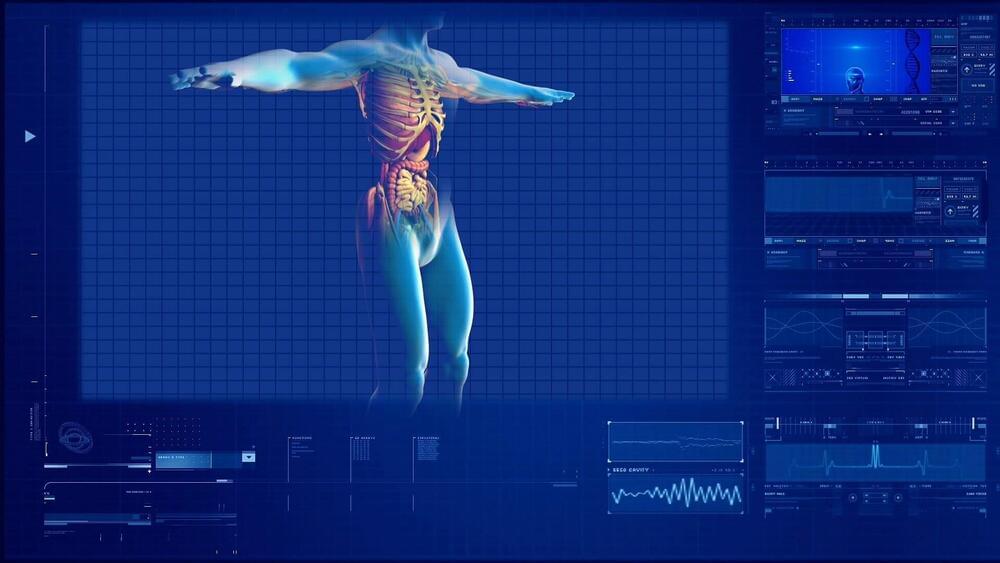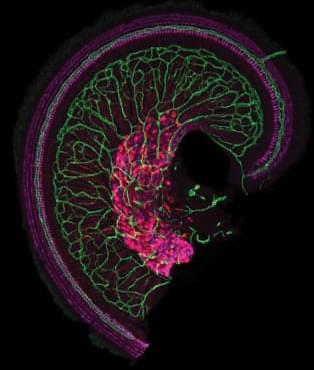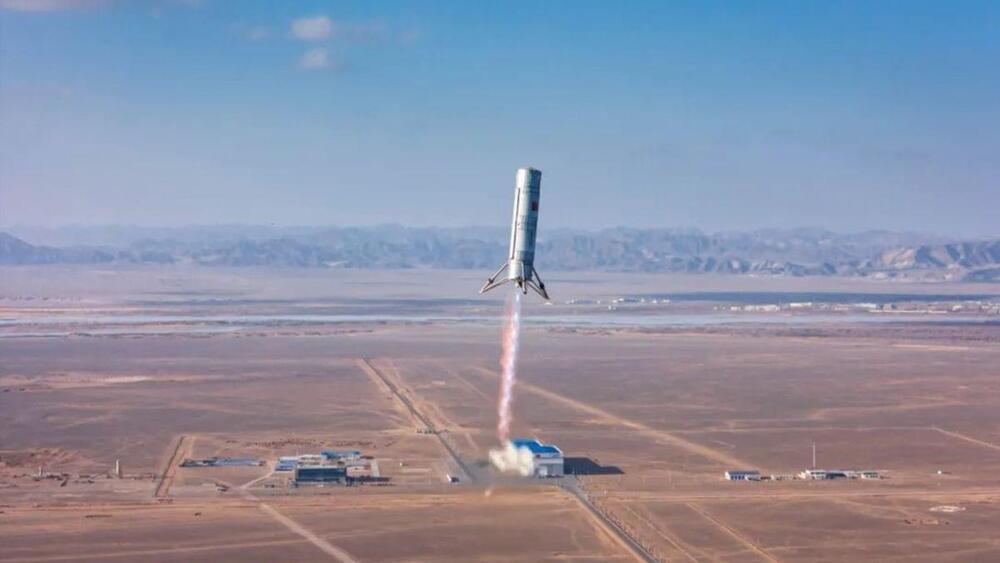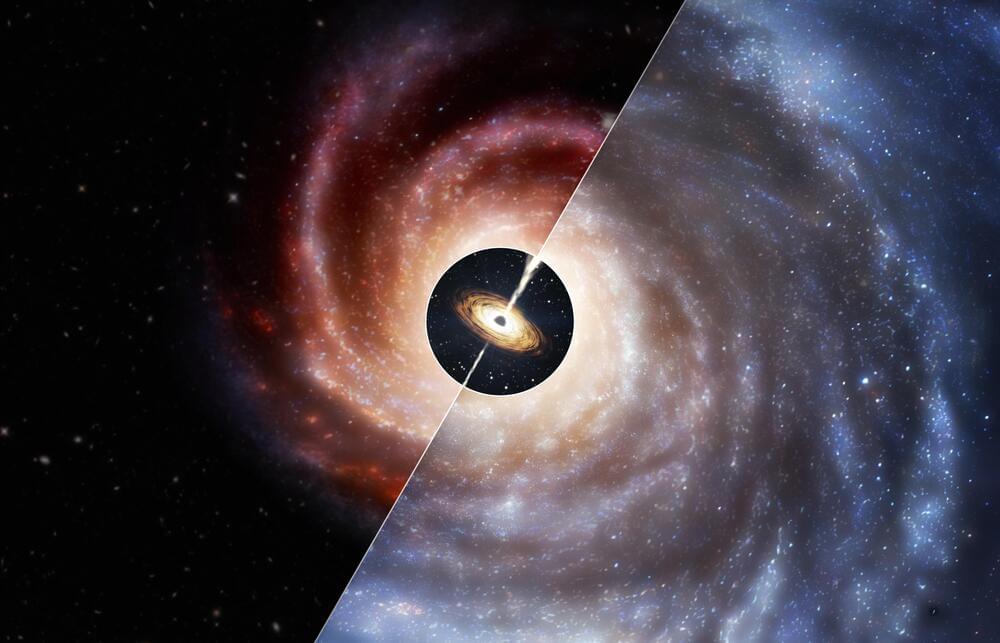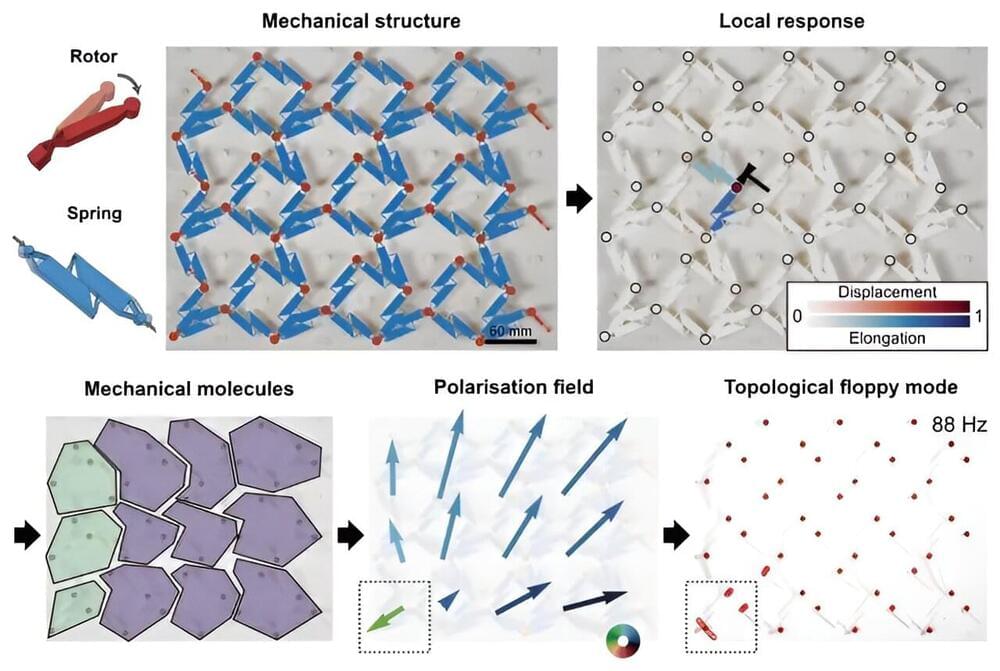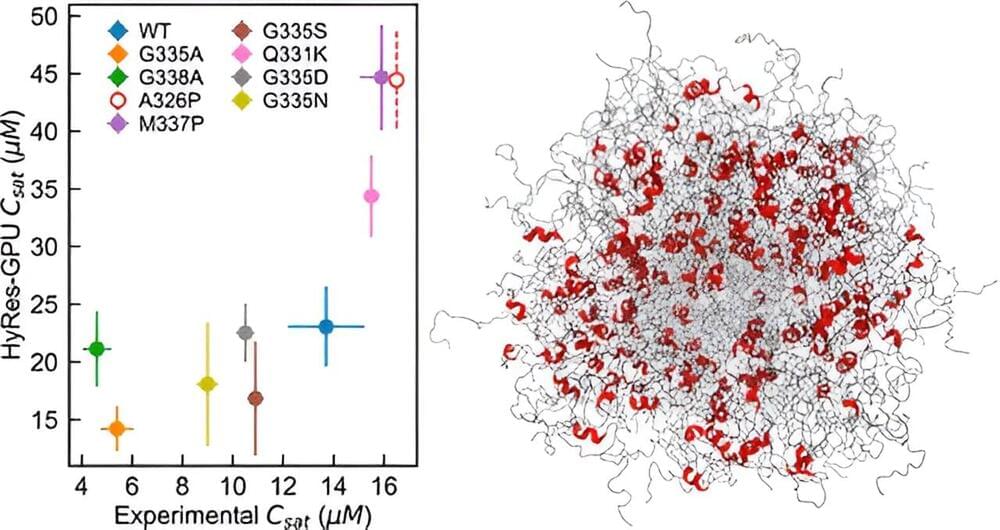A protein in the immune system can be manipulated to help overcome bowel cancer, according to new research from The Australian National University (ANU). The research is published in Science Advances.
Bowel cancer claims more than 100 lives in Australia each week, yet around 90% of cases can be successfully treated if detected early.
According to lead author Dr. Abhimanu Pandey, from ANU, the protein, known as Ku70, can be activated or “turned on” like a light switch by using a combination of new and existing drugs.
